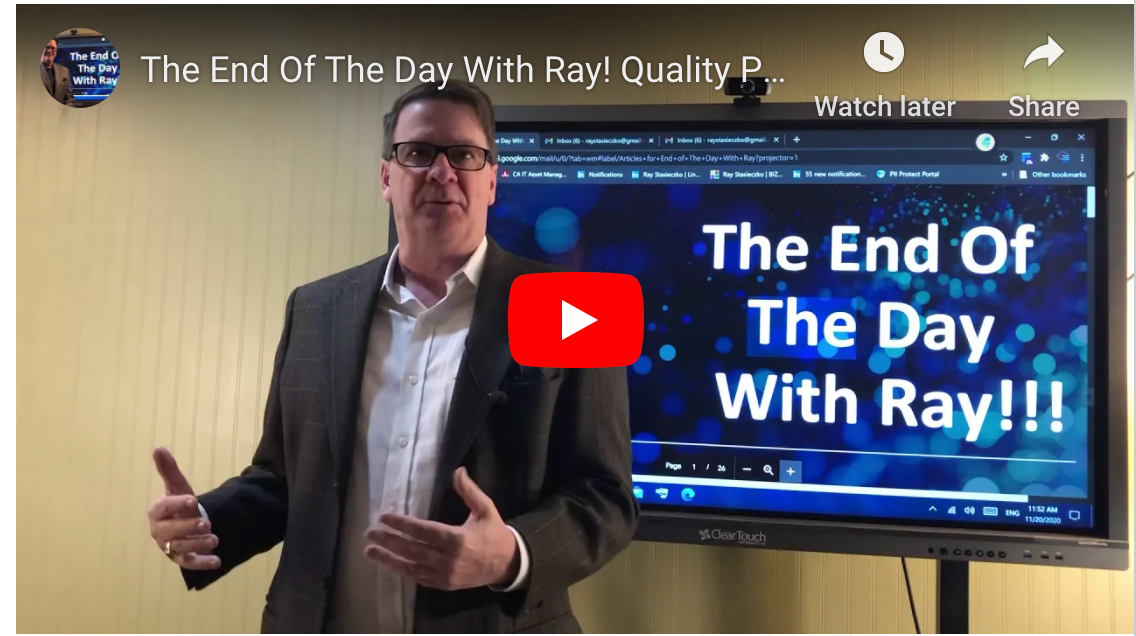
Its official - the world prints less!! Than they don’t print?
Earlier this week I found myself standing by the printer, waiting for my favorite technician (of course I tell them all that) to determine why page six was missing from my seven page report. He insisted on telling me that I was crazy, everything I wanted to print was printed. To prove he was wrong, I quickly opened my iPhone, went to the document, opened it, and instantly I determined two things. First, I must stop arguing with my technicians, and second, why did I think I needed to print this seven page report that was actually only six pages?
Yes, even I can admit when I am wrong. But, one thing I am not wrong about is people don’t want to print, people hate to print, and people can’t wait for the day other people stop giving them printed pages to read.
Around a month ago, I read an article that I never printed. The article was discussing how many pages a particular copy machine could run. The author was performing a test of the capabilities of a manufacturer’s new model. The article was a continuing saga every week or so that the author updated the audience (who I am sure just could not wait for the next nugget) within the status report. The competition was hoping for an absolute melt down of the new device, and the fans of the new device were hoping to break records. I would say this was exciting, but I would be lying.
This test however, did make me think that even if the test was successful and a new model could actually produce millions of copies without massive failures, would that be good or bad for the industry? Yes, I only said ‘the industry’ for those of you that caught it, because quite frankly, the customer that will decide to purchase this machine will absolutely care less that it ran millions of pages.
The reason - he only needs it to run around 1000 pages month, and more importantly, the customer hopes they can just stop printing all together, and the customer is hoping this is the last one they ever buy. OK, there are a few exceptions, but they are also on the quest to stop no printing. So unless the customer is a print for pay, or one of those businesses that a millennium hasn’t taken over the management of, they could care less about capabilities of print volumes on a particular printer. What they care about is learning and implementing ways to not print at all.
Today’s print customers want someone to teach them “EPM”- the new acronym living in the minds of the print and copy industry’s customers. That acronym means Eliminating Printers’ Management. The process of completely eliminating every printer I used to use. I look at it this way - the goal of Print Management, which by the way, started 20 years ago, was to reduce out of control costs of print output. Customers were unaware these costs were out of control. Print Management helped align customer’s perception with reality.
However, in today’s business, customers care more about not printing at all than actually managing the last few remaining prints they do. Customers understand that their print is going down and everyday it will decrease more. What they really want help with is getting to the point where they don’t have to print at all. They don’t want MPS anymore - they want EPM.
So here is my thinking: we should have a print analyst start an analysis of how many pages are not printed. Think about it - every week, a group of small businesses report in on all the documents they didn’t print. The 100 page report Bill printed that no one does anymore since Bill retired; the 50 page PowerPoint that Sally printed for her training session of 20 people before she decided (or really her participants suggested she provide it digitally - don’t get excited - that does not mean printed by a digital device, it means sent digitally so it never has to be printed)- the monthly newsletter Tony’s Crab Van started sending out via email and posting on Facebook; the weekly sales ad now posted on the website instead of crammed in the pages of that junk mail piece.
I wonder how many pages are not printed, and would anybody actually believe that we print more of what we read than we don’t? Well, I will wait for the analyst to answer that question, although I’m not sure that some in the print/copy industry are ready to accept the results of such an analysis. I wonder if anybody is counting how many pages are typed, how many pages are faxed, or how many pages are scanned.
One thing is for sure - the count will not emulate that of the McDonald’s Hamburger sign, meaning the number of printed pages will never go up. The sign the industry needs to be ready for is the sign that says:
Its official - the world prints less!! Than they don’t print!!!
Transformation of an industry has already started. Have you?
R.J. Stasieczko
Leave a comment
Comments will be approved before showing up.
Also in The Imaging Channel

The End Of The Day With Ray! Imaging Channel!! The cabin in the woods must be real

Subscription Print Services, The Bubble is going to Burst!!!!


ray stasieczko
Author